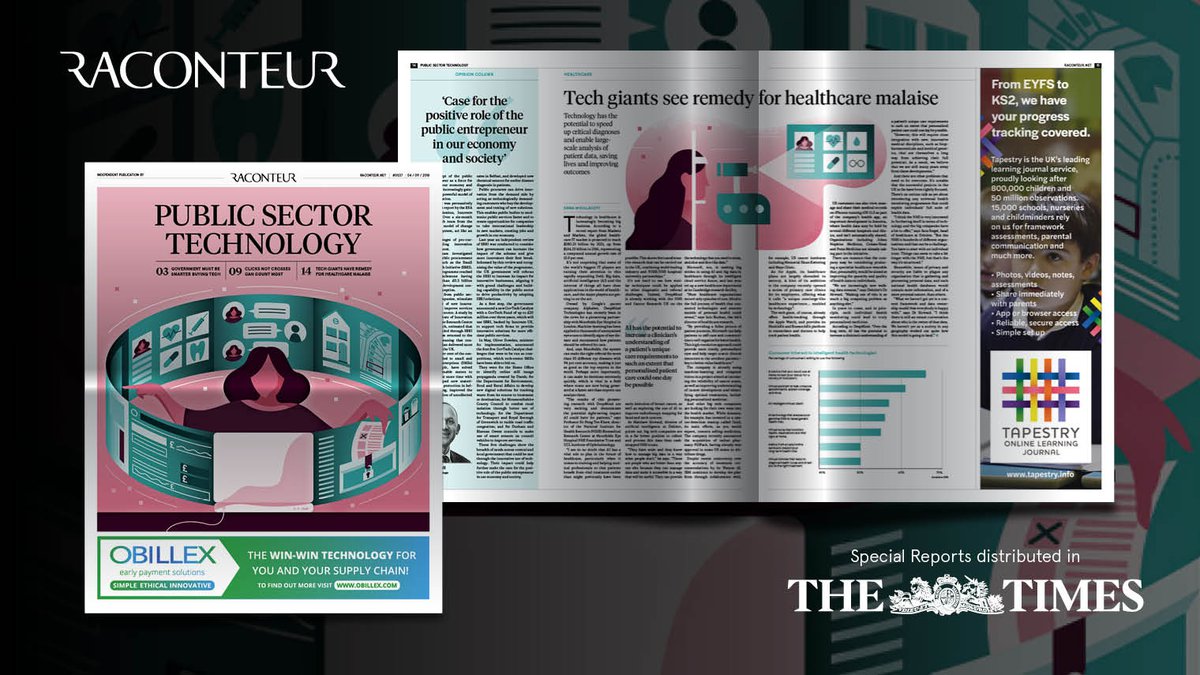
Being a public sector leader has never been an easy brief. But the last decade has surely tested even the toughest in the industry.
With spiralling demand for services, rising expectations and significantly diminished budgets, leaders have faced a constant battle to deliver more and better with less.
Many have recognised that technology can be part of the solution. Yet, until recently, few have gone much beyond using it for good record keeping, improving their websites and making a few public-facing transactions available online.
That is changing and changing fast.
The latest generation of digital technologies like cloud, mobile, artificial intelligence, the internet of things and blockchain promise to deliver efficiencies, but also to support entirely new ways of working and to radically alter the relationship between citizen and state.
Consider just a few examples.
For as long as governments have existed, their ability to process information has been limited by the number of administrators at their disposal. Today, any organisation can access unlimited processing power with cloud computing. Thanks to artificial intelligence, that processing power increasingly includes the ability to automate complex analysis of virtually limitless amounts of data to offer useful insights.
In place of the default mode of public services addressing failure after it happens, today predictive data analytics can help identify buildings at risk of fire, children at risk of harms and road networks at risk of serious accidents before the fact, leading to earlier intervention and prevention.
Where once frontline staff had to go about their work with paper records, today software-as-a-service makes it possible for everyone from police inspectors to social workers to have real-time data on the case they are handling right in the field to improve their decision making.
And while technology in the form of social media has often been blamed for undermining democracy, a new generation of digital tools is being used to re-engage communities by enabling citizens to crowdsource ideas; co-draft legislation; propose how local budgets are spent and vote on the best ideas.
Collectively, these new technologies have the potential to be genuinely game changing.
Collectively, these new technologies have the potential to be genuinely game changing. Yet realising that potential will require a new approach from public sector leaders.
If they only use these tools to optimise their existing ways of working, the best they can hope for in return are incremental improvements.
Instead, their challenge is to match the level of innovation seen in the technology with equal innovation in the structures and ways of working to which those technologies are applied in their organisations. They must explore whether they can use these tools to enable fundamentally better ways of addressing the social challenges they are tasked to address.
To achieve that, leaders need to shift their organisations to more agile ways of working to experiment with new tools and see what works. They must ensure their organisations have the right skills to do so effectively. They must be willing not just to adopt new technologies but also to open up their inner workings to public involvement in way that may push them well out of their comfort zones.
If all that sounds daunting, there is also an empowering message for leaders.
That they can get off the treadmill of trying to deliver more and better with less and instead focus on delivering less and better with more: relentlessly focusing on the areas where the public sector is uniquely placed to make a difference, while making full use of a more powerful array of tools than has been available to any generation of leaders before them.
Those new technologies require a new mindset.
Our public sector leaders must be ready to adapt.

This op-ed is an extract from Raconteur, a supplement published in The Times.
Nesta has partnered with The Times Raconteur to produce the Public Sector Technology Report, with extensive coverage of technology in public services including digital transformation, education and democracy.
Download the Public Sector Technology Report.